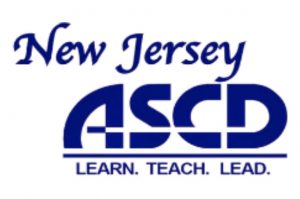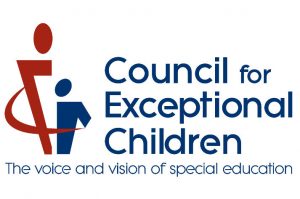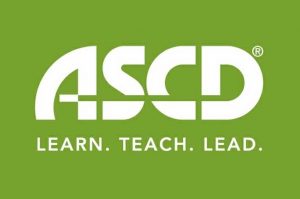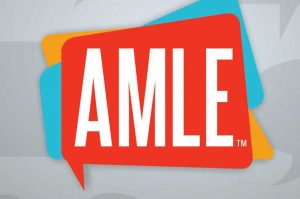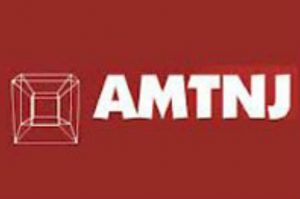FIVE Minute Reflection – What can you do in five minutes to be a reflective teacher?

FIVE Minute Reflection – What can you do in five minutes to be a reflective teacher?
 Reflection is such a powerful part of teaching. Who can argue that thinking critically about your lessons will improve your instruction? I believe the most reflective teachers are often also the most critical of themselves. The most passionate and engaging teachers naturally reflect on all aspects of their planning process and instruction.
Reflection is such a powerful part of teaching. Who can argue that thinking critically about your lessons will improve your instruction? I believe the most reflective teachers are often also the most critical of themselves. The most passionate and engaging teachers naturally reflect on all aspects of their planning process and instruction.
However, reflection can be terribly daunting. It is such a broad concept and can include hundreds of facets of your lesson, your curriculum, etc. Where do I start? What do I consider? I beat myself up enough. I don’t have time. Life gets in the way, and when tasks feel overly complicated they have easily pushed aside.
As I was attempting to boil down reflection to its most basic parts, my colleague sitting across the table from me at Barnes and Noble said, “Just tell me what you have to do. What are the steps, plain and simple? ”
So upon reflection, I thought of these key questions:
“What did you do?
Did the students get it?
What didn’t they get?
What worked well, what didn’t work?
Knowing all of that – what did I plan for tomorrow?
And based on what I just figured out from today’s lesson,
what should I do tomorrow?”
Boom! Thank goodness for friends.
Here are 4 simple steps that can help you reflect on your practice in 5 minutes:
- Look at your planned objectives and activities for the lesson. Check off each one that was ‘taught’ during the lesson. Highlight what wasn’t accomplished for possible inclusion in the next lesson.
- Review / reflect on the formative assessment utilized, (in general terms-not grading papers). Who were the outliers? Who just didn’t get it? Who had no problems? (In many cases, these may be the same students over and over, but don’t fall into the trap of assuming a student or group of students automatically understands or doesn’t understand.) If you can’t determine the student’s general grasp of the objectives presented during the lesson, you may have to dig deeper.
- What worked? What didn’t? Look back at your checked activities and classify them as working well with a + and activities that didn’t work (possibly had to be changed on the fly) with a -. If needed, jot down a note to help you remember the context of your + or – for future planning.
- Plan for tomorrow. With the knowledge gained from completing steps 1 – 3, look at the next day’s lesson and decide if you are good to move forward as planned or if changes need to be made.
Reflection should be an important part of any teacher’s practice. These simple steps can help you improve your instruction and effectively meet the needs of your students.
(Photo Credit – http://teaching.monster.com)




